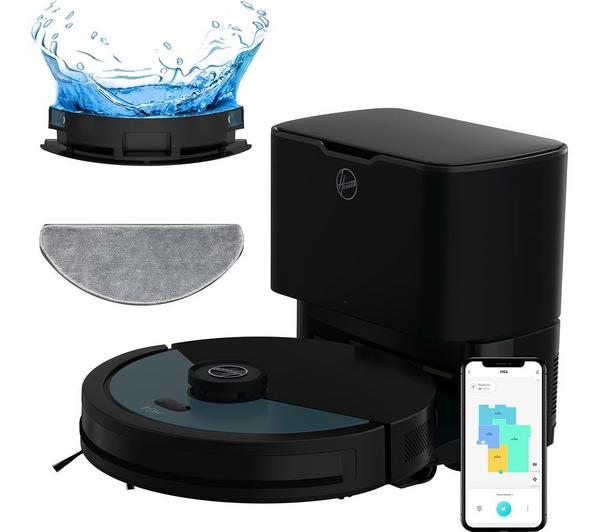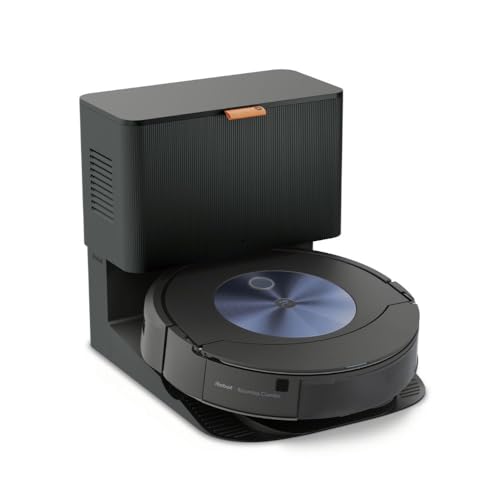Invisible mould might be growing in your home's carpets — here's how to get rid of it
Cleaning experts explain why you may want to tread carefully when you next step foot inside your home.
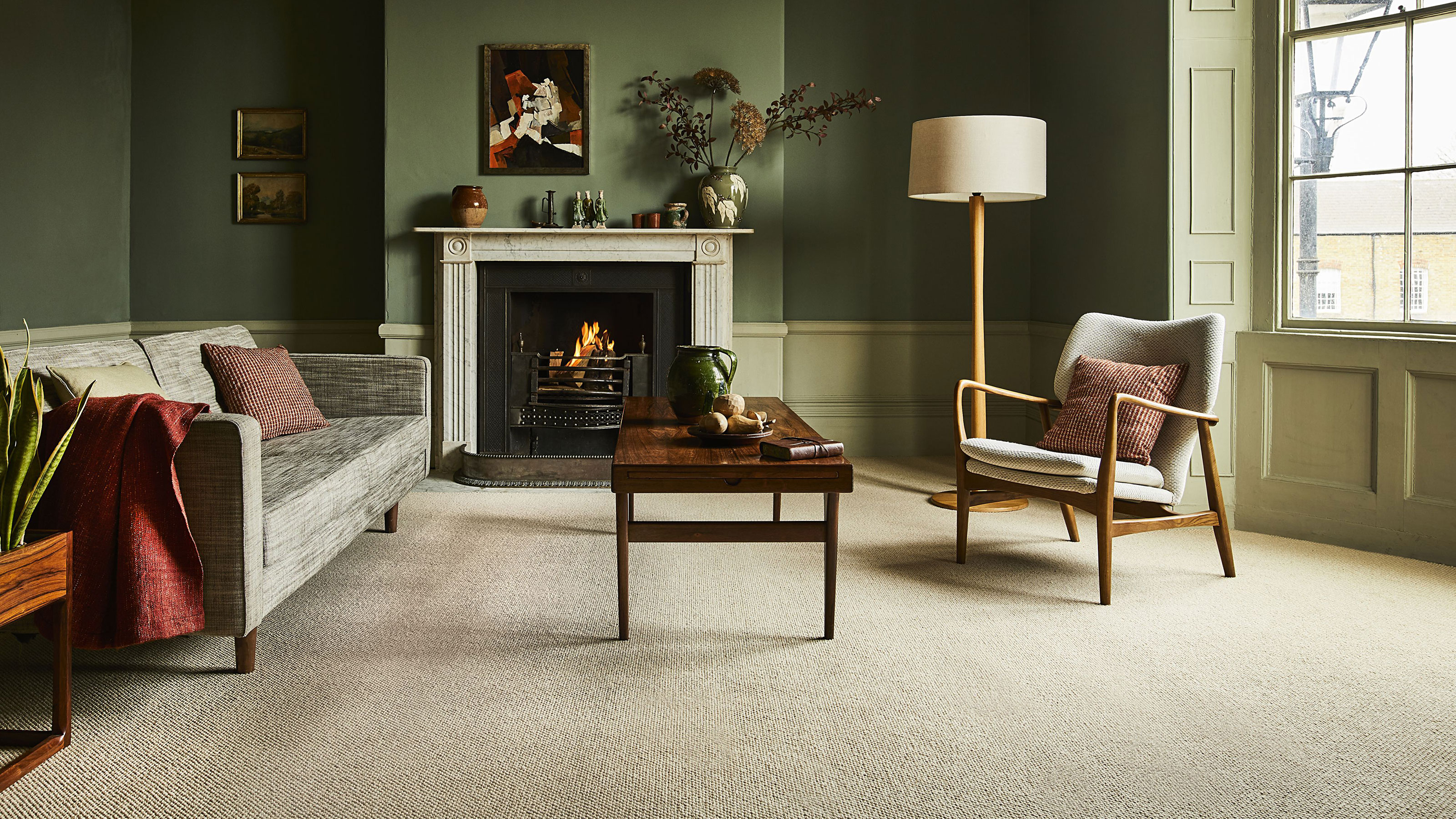
It comes as no surprise that all types of flooring harbours germs. Whether it's dirt from outside or the debris from daily living, we subject our flooring to a lot. But what may come as a shock is the most common type of bacteria found on floors is mould.
What's even more disturbing is that while it's easy to tackle the dirt you can see, when it comes to our flooring, there's a fair chance it's invisible. Prefer the feel of carpet underfoot? Be warned – this is the surface where mould likes to hide the most.
How do we know? Experts conducted a survey on the different types of bacteria found on floors and of the six strains they discovered, mould came out on top.
How the tests were conducted
Factory Direct Flooring commissioned microbiologists at BioLabTests to analyse 100 swabs from floors in UK homes, taken immediately before and after cleaning the floors using common techniques (including vacuuming, steaming, mopping, sweeping, white vinegar and water, and floor wipes).
The swabs were monitored and measured for bacterial growth under lab conditions over 28 days and different types of flooring ranging from vinyl flooring through to carpet were tested as part of the experiment.
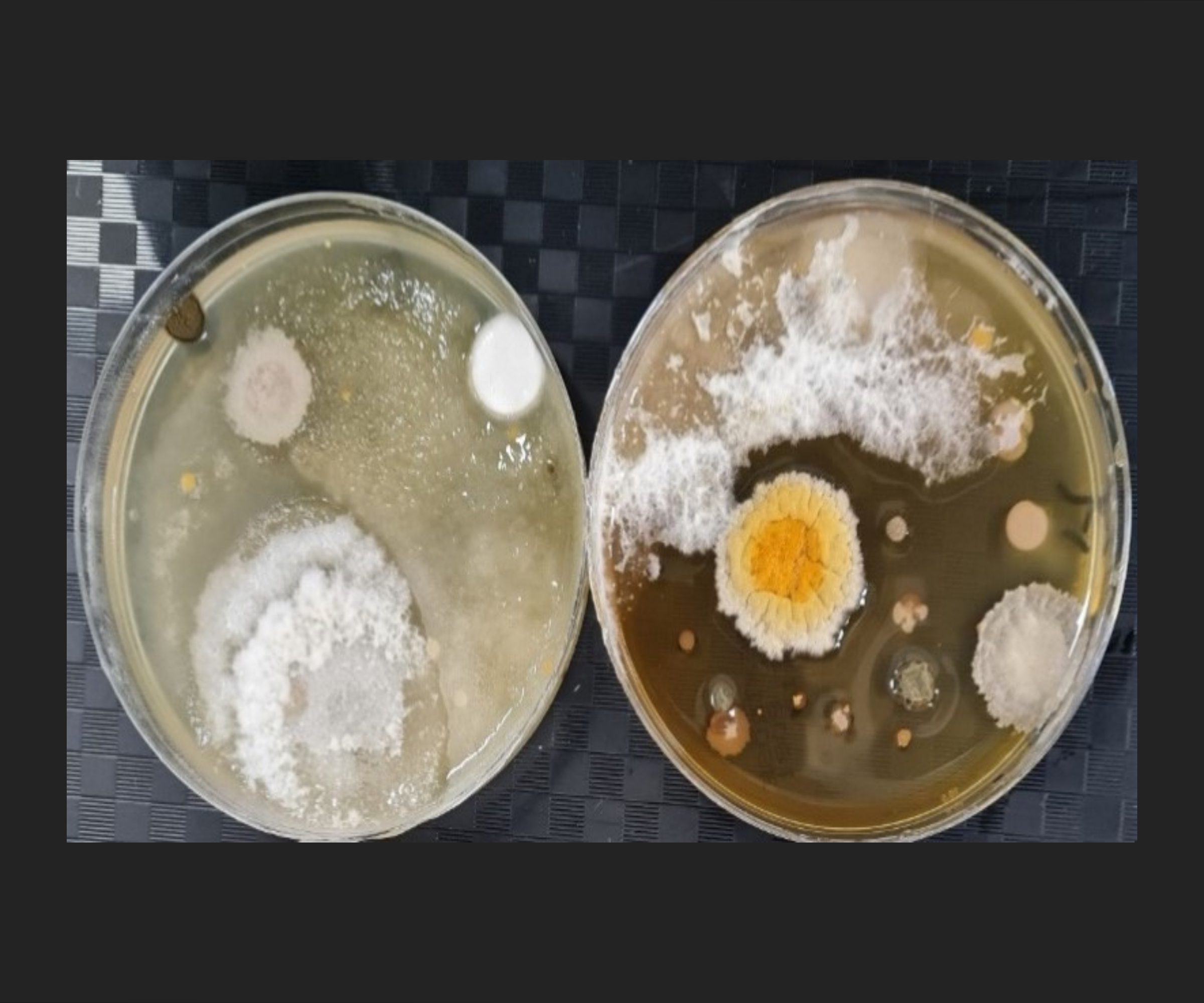
Where mould on flooring occurs the most
In order of most discovered, the top three bacteria found on floors were:
- Yeast/mould (142 CFUs, or colony forming units, on average)
- Staphylococcus (136 CFUs on average)
- Bacillus (131 CFUs on average)
“The bathroom floor was the worst for mould, followed by the hallway/stairs, then the bedroom," reveals Paul Hambidge, managing director at Factory Direct Flooring.
"In fact, mould was present on half of all the floors we swabbed, but where carpets were concerned, mould was found on all of them – but not visible to the naked eye," he warns.
And if you needed a reason to invest in some new hallway storage ideas, this may be it. Mould was also more prevalent in households where shoes were worn indoors – 181 CFUs, compared to 132 CFUs on average where shoes were never worn indoors.

Paul Hambidge is an expert on all types of flooring and heads up Factory Direct Flooring
Why carpet attracts the most mould
Although it's fair to assume you'd spot a bad case of mould on carpets, the early stages are not always so visible. So why is carpet such a hotspot when it comes to mould?
“Carpets can end up harbouring bacteria and other nasties that are trampled in from elsewhere and they can also end up trapping moisture within the fibres," explains Henry Paterson, Cleaning Expert at Housekeep.
"There are also mould spores in the air naturally, which can land and settle on carpets," he adds. "Add in the moisture from household spillages that aren't cleared up properly, and it's not surprising that carpets can become a hotspot for mould growth.”
Noticed mould on your skirting boards which are in close proximity to your carpet? While your carpet may not be the direct cause, it's worth checking out the signs of mould under flooring to help find the root of the problem before it gets bigger.

Henry Patterson is a cleaning expert at cleaning company Housekeep, sharing his vast array of knowledge with the teams and clients in his care
How to combat invisible mould on floors
The good news is, your trusty vacuum cleaner can be a great start in the fight against mould. When testing in the laboratory it was found to reduce mould on all types of flooring, by up to 99% on real wood and LVT flooring, 96% on laminate flooring and 66% on carpets.
In fact it was the best method in most cases, with floor wipes on hard flooring only having a 30% reduction rate, with steaming coming just below at 28%.
And although removing mould from carpet may require additional methods if you already have a problem, tackling the invisible spores is the best way to prevent it from spreading.
"Vacuuming is a highly effective method for removing all sorts of dirt, bacteria and allergens that are trapped in carpets, so it’s not altogether surprising that the same’s true for mould,” says Henry Patterson.
But, as well as regularly vacuuming, it's also important to remove any spores from your vacuum cleaner that you may have extracted from your carpet, advises Paul Hambidge.
“The best way to prevent dirt and bacteria from building up in your vacuum cleaner is by emptying the container, and cleaning or replacing the filter after each use – depending on the type of vacuum you have," he suggests.
"Reusable filters can usually be cleaned out by rinsing it in water, but make sure to check your specific appliance's manual first. If you regularly empty the container and change the filter, and dirt or smells are still lingering, try cleaning the bristles or even the inside of your vacuum's hose.”
Shop these robot vacuum deals to keep your floors effortlessly clean
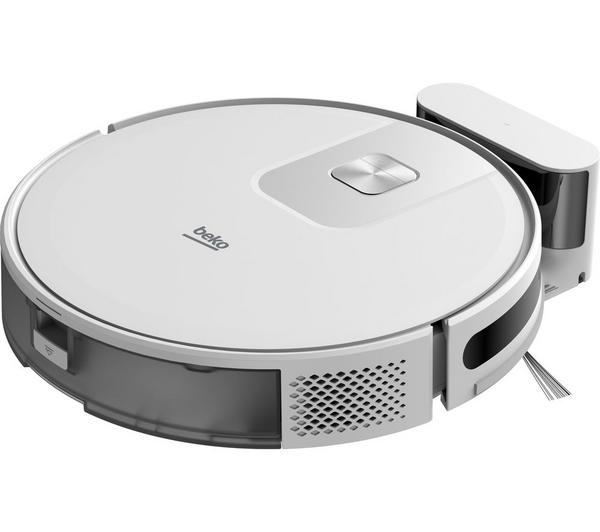
This robot vaccum cleaners offers smart navigation and wi-fi connectivity
Why mould on flooring is a problem
Although any bacteria needs to be kept at bay in your home, the impact of mould on your home and its inhabitants can lead to more serious problems if not tackled at source.
"Moulds, such as penicillium, are often found in damp homes. Yeasts and mould are opportunistic infections, meaning they are generally harmless for healthy people, but can cause serious infections in those who have a weakened immune system," explains Dr. Deborah Lee from Doctorfox.co.uk.
"Candida, [another type of mould], can also be found on work surfaces and floors, and in sinks, drains and on sheets, but traditionally the floor has been rather overlooked as a source of infection," she adds, "whereas in fact it is a holding ground for numerous infecting organisms.
"There are crevices and cracks between floorboards or tiles which are nooks and crannies where bacteria and other organisms can grow. Carpet fibres offer a great opportunity to harbour dirt and pathogens. Meanwhile, bathrooms and toilets are full of moisture and provide an ideal environment for mould. Good floor hygiene is essential for controlling the spread of infections to humans.”
Wondering what else you need to know about mould? Find out what are the different types of mould and try these budget friendly products to get of mould on some of the other surfaces around your home.
Get the Homebuilding & Renovating Newsletter
Bring your dream home to life with expert advice, how to guides and design inspiration. Sign up for our newsletter and get two free tickets to a Homebuilding & Renovating Show near you.

Sarah is Homebuilding & Renovating’s Assistant Editor and joined the team in 2024. An established homes and interiors writer, Sarah has renovated and extended a number of properties, including a listing building and renovation project that featured on Grand Designs. Although she said she would never buy a listed property again, she has recently purchased a Grade II listed apartment. As it had already been professionally renovated, she has instead set her sights on tackling some changes to improve the building’s energy efficiency, as well as adding some personal touches to the interior.
